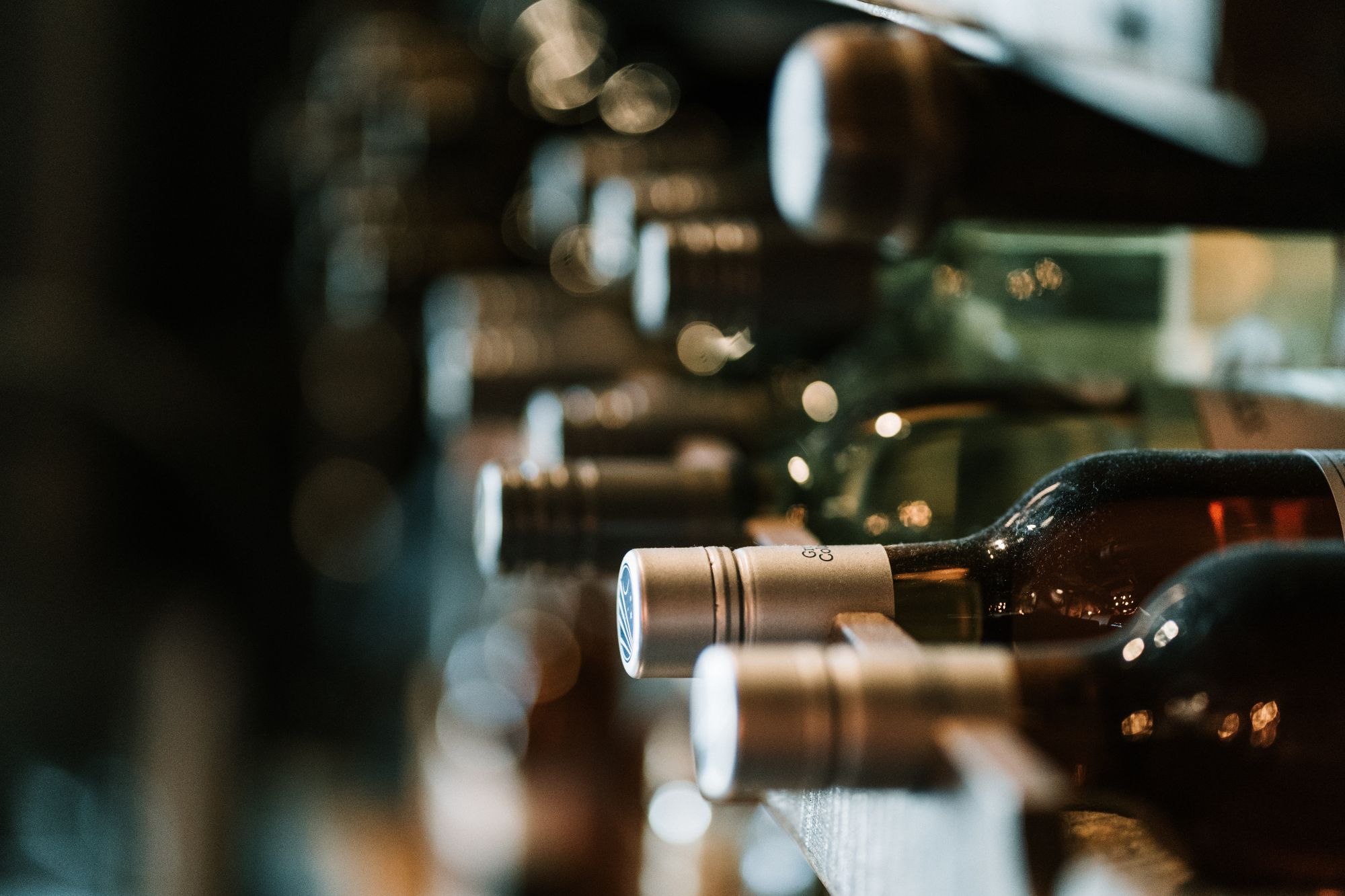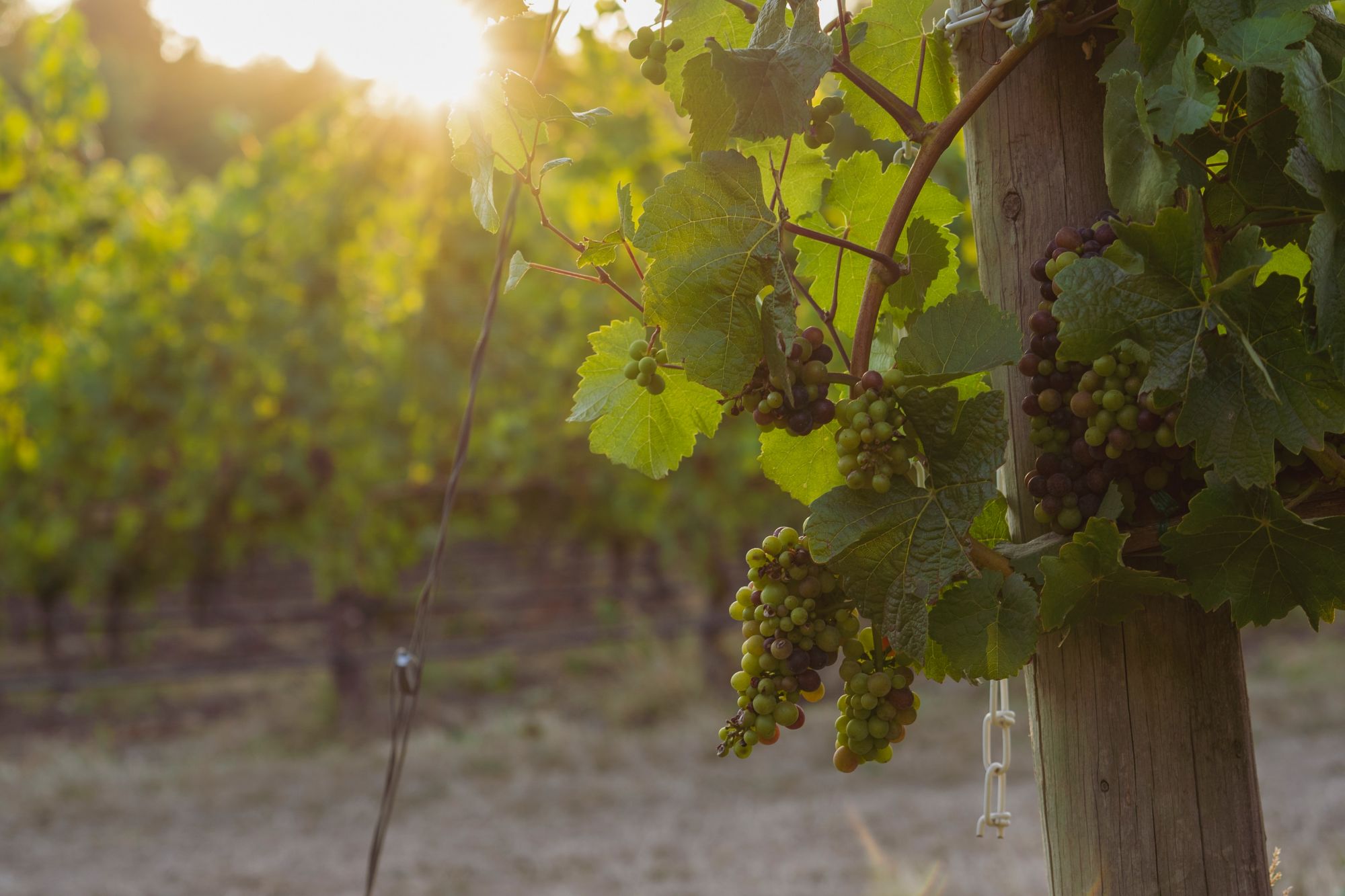When environmental issues are playing on everyone’s mind, what’s an eco-friendly oenophile to do?
With the term “eco” increasingly on everyone’s lips, the wine industry finds itself in a tricky spot. On the one hand, winemakers’ reliance on the environment for site-sensitive product inclines the industry to eco-consciousness. On the other, unless we all commit to drinking wine from our backyards, we’re adding a heavy, fragile product to the world’s vast volume of international cargo.
Responsible practices cost money both in farming (such as managing vine canopies to reduce fungicide and pesticide use) and winemaking (for example: allowing wine to slowly stabilise in the winery versus wasteful filtration or indiscriminate additive use), so the sustainability-minded drinker should prepare to pay a little bit more per bottle. But committing to eco-friendly imbibing shouldn’t mean sacrificing on flavour. Most environmentally committed producers claim to prize above all reflecting the specificity of their environment. And winemakers who pay great attention to their process but don’t believe in artificially “shaping” their wine—whether with excessive new oak or technology—should produce wines that give those who enjoy them an authentic, almost magical experience of a place they may never get to see.
(Related: 6 Sustainable Wine Brands To Try)



